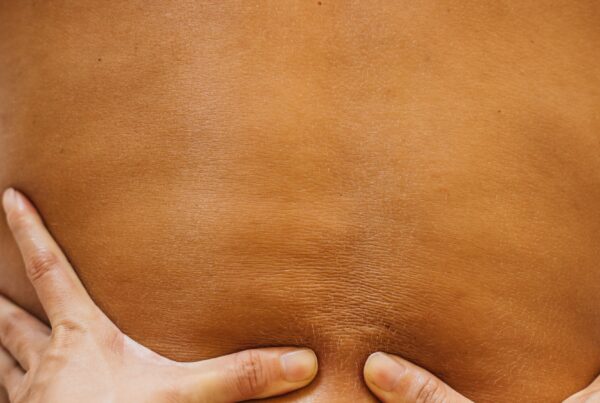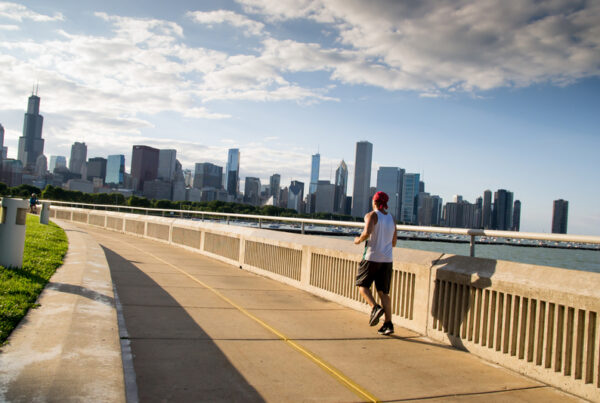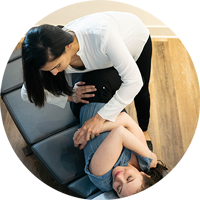We do it several times a day, with hardly a second thought.
Bending down to pick up a dropped item, a child, or groceries.
It might be surprising that something so essential and common to a daily movement is not as easy as it seems. For the most part, experts on back pain in America believe that most of us are doing it wrong when it comes to bending over.
In a recent segment, NPR’s Michaleen Doucleff, helped draw an interesting global comparison on two distinct styles of bending over. (The Lost Art of Bending Over: How Other Cultures Spare Their Spines.)
In a nutshell, we look like literal nuts when we bend over. Movement expert Jean Couch explains that we look like “really folded cashews” most of time because we are bending from our stomachs and rounding the back.
In other parts of the world, people seem to embody an almost table-like approach to bending from the hip with backs that become parallel to the ground.
Indeed, this anthropological phenom boils down to simple biomechanics and our team of Physical Medicine experts often work to help people spare the burden that improper bending puts on their spine. When we bend into that “C” – cashew-like shape, we are putting more stress on the spill disks that are found between each vertebrae which can lead to deterioration, loosening, and back pain.
Director of Physical Medicine, Dr. Vince Roberts, DC, FACO, demos the right and wrong way to bend. Often, he says, his team will use a prop like a broom placed along side the back to help patients work on the technique.
With a little practice you too can acquire better back bending habits.
The key is keeping your back straight and as you bend your knees, allow your public bone to tilt backward. As you fold over, continue to allow this range of motion with the pubic bone sliding through the legs, down and back.
Learn more about our team of experts in Chiropractic Physical Medicine. Click to schedule an appointment or request a free consultation at one of our Chicagoland locations!









